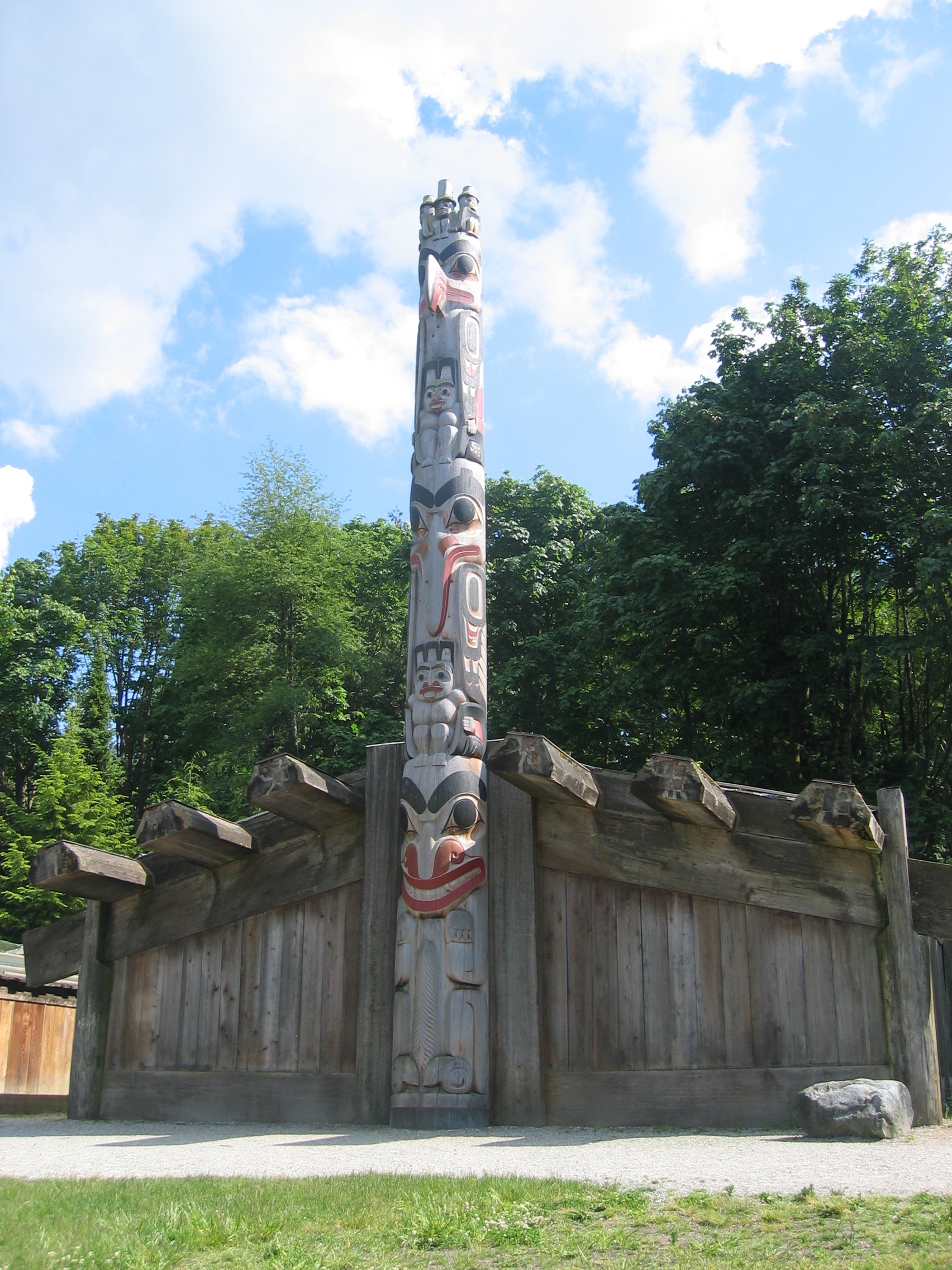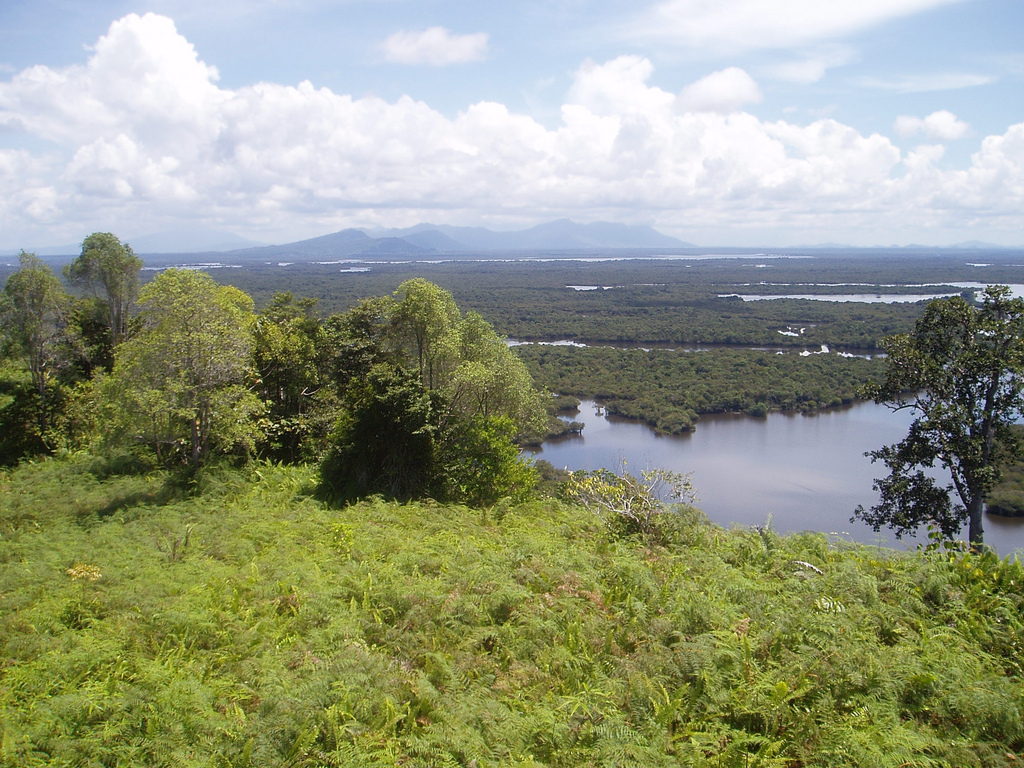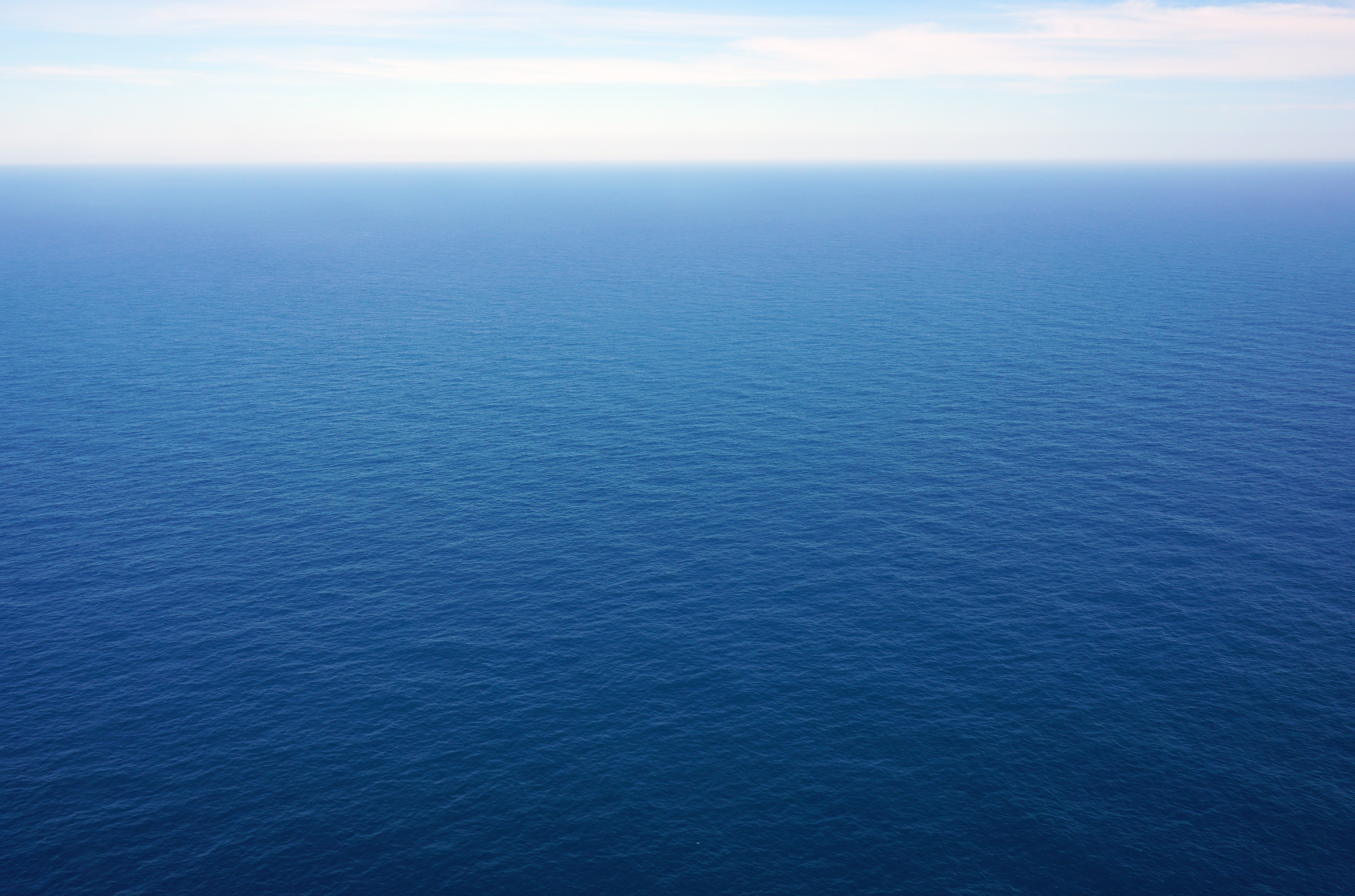|
Demographics Of Sarawak
Sarawak's population is very diverse, comprising many races and ethnic groups. Sarawak has more than 40 sub-ethnic groups, each with its own distinct language, culture and lifestyle. This makes Sarawak demography very distinct and unique compared to its Peninsular counterpart. However, it largely mirrors to other territories in Borneo – Demographics of Sabah, Sabah, Demographics of Brunei, Brunei and Kalimantan. Ethnic groups of Sarawak In general, there are several major ethnic groups in Sarawak: Iban people, Iban, Malaysian Chinese, Chinese, Malaysian Malays, Malay, Bidayuh, Orang Ulu, Melanau and several minor ethnic groups placed collectively under 'Others', such as Malaysian Indian, Indian, Eurasian, Kedayan, Javanese people, Javanese, Bugis, Murut people, Murut and many more. Maps Below are distribution of ethnic groups in Sarawak by state constituencies, based on 2020 census. Percentage population of Iban in Sarawak, 2020.svg, Iban Percentage population of Mal ... [...More Info...] [...Related Items...] OR: [Wikipedia] [Google] [Baidu] |
Sarawak
Sarawak ( , ) is a States and federal territories of Malaysia, state of Malaysia. It is the largest among the 13 states, with an area almost equal to that of Peninsular Malaysia. Sarawak is located in East Malaysia in northwest Borneo, and is bordered by the Malaysian state of Sabah to the northeast, Kalimantan (the Indonesian portion of Borneo) to the south, and Brunei in the north. The state capital, Kuching, is the largest city in Sarawak, the economic centre of the state, and the seat of the Sarawak state government. Other cities and towns in Sarawak include Miri, Malaysia, Miri, Sibu, and Bintulu. As of 2020 Malaysia census, the population of Sarawak was 2.453 million. Sarawak has an equatorial climate with tropical rainforests and abundant animal and plant species. It has several prominent cave systems at Gunung Mulu National Park. Rajang River is the longest river in Malaysia; Bakun Dam, one of the largest dams in Southeast Asia, is located on one of its tributaries, the ... [...More Info...] [...Related Items...] OR: [Wikipedia] [Google] [Baidu] |
Kedayan
The Kedayan (also known as Kadayan, Kadaian or Kadyan) are an ethnic group residing in Brunei, Federal Territory of Labuan, southwest of Sabah, and north of Sarawak on the island of Borneo. According to the Language and Literature Bureau of Brunei, the Kedayan language (ISO 639-3: kxd) is spoken by about 30,000 people in Brunei, and it has been claimed that there are a further 46,500 speakers in Sabah and 37,000 in Sarawak. In Sabah, the Kedayan mainly live in the southern districts of Sipitang and Beaufort, where they are counted as a part of the local Malay populace (and they are often considered as Bruneians owing to assimilation as well as mixed marriage factors). Whilst in Sarawak, the Kedayans mostly reside in the towns of Lawas, Limbang and Miri (especially the Subis area). History The origins of the Kedayans are uncertain. Some of them believe their people were originally from Ponorogo, Java, which they left during the reign of Sultan Bolkiah. Because of ... [...More Info...] [...Related Items...] OR: [Wikipedia] [Google] [Baidu] |
Pasir Gudang
Pasir Gudang is a city located in eastern Johor Bahru District, Johor, which is the second largest district in Malaysia by population. The main industries are transportation and logistics, shipbuilding, petrochemicals and other heavy industries, and oil palm storage and distribution, which is located in Johor Port and Tanjung Langsat. History Established in 1918, Pasir Gudang, which was formerly known as Kampung Pasir Udang, was founded by Long Abu who is believed to have originated from Riau, Indonesia. Four more villages were established by the expanded population of about 83 families. *Kampung Pasir Gudang Baru. (known as Kampung Pasir Gudang Lama located at TNB Sultan Iskandar Power Station) *Kampung Sungai Perembi. (currently the Pasir Gudang Police Station) *Kampung Ulu (currently MSE dockyard) *Kampung Tengah (currently the Tenaga Nasional area) *Kampung Hilir. In 1920, 4 more villages were established : *Kampung Air Biru (now the port). *Kampung Pasir Merah (now the ... [...More Info...] [...Related Items...] OR: [Wikipedia] [Google] [Baidu] |
Johor
Johor, also spelled Johore,'' is a States and federal territories of Malaysia, state of Malaysia in the south of the Malay Peninsula. It borders with Pahang, Malacca and Negeri Sembilan to the north. Johor has maritime borders with Singapore to the south and Indonesia to the east and west. As of 2023, the state's population is 4.09 million, making it the second most populous state in Malaysia, after Selangor. Johor Bahru is the capital city and the economic centre of the state, Kota Iskandar is the state administrative centre and Muar (town), Muar serves as the royal capital. As one of the nation's most important economic powerhouses, Johor has the highest gross domestic product (GDP) in Malaysia outside of the Klang Valley, making it the country's List of Malaysian states by GDP, second largest state economy, behind Selangor. It also has the List of Malaysian states by household income, second highest household income among all states in Malaysia. Johor is a major manufacturi ... [...More Info...] [...Related Items...] OR: [Wikipedia] [Google] [Baidu] |
Harvest Festival
A harvest festival is an annual Festival, celebration that occurs around the time of the main harvest of a given region. Given the differences in climate and crops around the world, harvest festivals can be found at various times at different places. Harvest festivals typically feature feasting, both family and public, with foods that are drawn from crops. In United Kingdom, Britain, thanks have been given for successful harvests since Paganism, pagan times. Harvest festivals are held in September or October depending on local tradition. The modern Harvest Festival celebrations include singing hymns, prayer, praying, and decorating Church (building), churches with baskets of fruit and food in the festival known as Harvest Festival, Harvest Home, Harvest Thanksgiving or Harvest Festival of Thanksgiving. In British and English-Caribbean churches, chapels and schools, and some Canadian churches, people bring in produce from the garden, the allotment (gardening), allotment or far ... [...More Info...] [...Related Items...] OR: [Wikipedia] [Google] [Baidu] |
Pua Kumbu
''Pua Kumbu'' is a traditional patterned multi-coloured ceremonial dress, ceremonial cotton clothing created and occasionally worn by the Iban people of Sarawak in Malaysia, West Kalimantan of Indonesia, and Brunei during varieties of the ethnic festive such as ''Gawai Dayak, Gawai'' and other Dayak people, Dayak celebrations. It is a sacred cloth among the Dayaks especially the female community, with any ''pua kumbu'' that was made may tell a weaver's personal story or a mythological tale which represents the purpose for which it has been woven. Etymology The woven cloth of ''Pua Kumbu'' carries the meaning of a blanket used to "cover" or "wrap" one's body. The word ''Pua'' means blanket while ''Kumbu'' is referred to be the cover, which is also defined as a blanket made by ''ikat'' (tie) or ''kebat'' (dye) processes that was used as a ritual textile. History The oldest textiles of Sarawak were recovered at the Niah National Park, which is home to the 40,000 year old '' ... [...More Info...] [...Related Items...] OR: [Wikipedia] [Google] [Baidu] |
Longhouses
A longhouse or long house is a type of long, proportionately narrow, single-room building for communal dwelling. It has been built in various parts of the world including Asia, Europe, and North America. Many were built from timber and often represent the earliest form of permanent structure in many cultures. Types include the Neolithic long house of Europe, the Norman Medieval Longhouses that evolved in Western Britain (''Tŷ Hir'') and Northern France (''Longère''), and the various types of longhouse built by different cultures among the indigenous peoples of the Americas. Europe The Neolithic long house type was introduced with the first farmers of Central and Western Europe around 5000 BCE, 7,000 years ago. These were farming settlements built in groups of six to twelve longhouses; they were home to large extended families and kin. The Germanic cattle-farmer longhouses emerged along the southwestern North Sea coast in the third or fourth century BCE and may be the an ... [...More Info...] [...Related Items...] OR: [Wikipedia] [Google] [Baidu] |
West Kalimantan
West Kalimantan () is a province of Indonesia. It is one of five Indonesian provinces comprising Kalimantan, the Indonesian part of the island of Borneo. Its capital and largest city is Pontianak. It is bordered by East Kalimantan and Central Kalimantan to the east, the Malaysian state of Sarawak to the north, and the Bangka Belitung Islands to the west and the Java Sea to the south. The province has an area of 147,037 km2, and had a population of 4,395,983 at the 2010 CensusBiro Pusat Statistik, Jakarta, 2011. and 5,414,390 at the 2020 Census;Badan Pusat Statistik, Jakarta, 2021. the official estimate as at mid 2023 was 5,623,328 (comprising 2,887,209 males and 2,736,119 females), and was projected to rise to 5,695,500 at mid 2024.Badan Pusat Statistik, Jakarta, 28 February 2024, ''Provinsi Kalimantan Barat Dalam Angka 2024'' (Katalog-BPS 1102001.61) Ethnic groups include the Dayak, Malay, Chinese, Javanese, Bugis, and Madurese. The borders of West Kalimantan roughl ... [...More Info...] [...Related Items...] OR: [Wikipedia] [Google] [Baidu] |
Kapuas Hulu Regency
Kapuas Hulu Regency is a regency in West Kalimantan province of Indonesia. Located around the upper drainage area of the Kapuas River, it has a total land area of 31,318.25 square kilometres or around 21.3% of West Kalimantan province's area. The regency seat is located in town of Putussibau, where most of its economic and government activities take place. Kapuas Hulu Regency is one of the few Indonesian regencies having a land border with another country (in this case, with Malaysia). It is also the largest regency in the province by land area. Due to its relatively large area, it is sparsely populated compared to neighbouring regencies around it. The regency had a population of 222,160 at the 2010 CensusBiro Pusat Statistik, Jakarta, 2011. and 252,609 according to the 2020 Census;Badan Pusat Statistik, Jakarta, 2021. the official estimate as at mid 2024 was 265,772 (comprising 136,173 males and 129,599 females).Badan Pusat Statistik, Jakarta, 28 February 2025, ''Kabupaten Kapua ... [...More Info...] [...Related Items...] OR: [Wikipedia] [Google] [Baidu] |
Sea Dayak Women Corset Rings
A sea is a large body of water, body of salt water. There are particular seas and the sea. The sea commonly refers to the ocean, the interconnected body of seawaters that spans most of Earth. List of seas on Earth, Particular seas are either List of seas on Earth#Marginal seas by ocean, marginal seas, second-order sections of the oceanic sea (e.g. the Mediterranean Sea), or certain large, nearly landlocked bodies of water. The salinity of water bodies varies widely, being lower near the surface and the mouths of large rivers and higher in the depths of the ocean; however, the relative proportions of dissolved salts vary little across the oceans. The most abundant solid dissolved in seawater is sodium chloride. The water also contains salt (chemistry), salts of magnesium, calcium, potassium, and mercury (element), mercury, among other elements, some in minute concentrations. A wide marine life, variety of organisms, including bacteria, protists, algae, plants, fungus, fungi, and ... [...More Info...] [...Related Items...] OR: [Wikipedia] [Google] [Baidu] |
Dayak People
The Dayak (; older spelling: Dajak) or Dyak or Dayuh are the native groups of Borneo. It is a loose term for over 200 riverine and hill-dwelling ethnic groups, located principally in the central and southern interior of Borneo, each with its own dialect, customs, laws, territory, and culture, although common distinguishing traits are readily identifiable. The Dayak were animist (Kaharingan and Folk Hindus) in belief; however, since the 19th century there has been mass conversion to Christianity and to Islam. Etymology It is commonly assumed that the name originates from the Bruneian and Melanau word for "interior people", without any reference to an exact ethnic group. Particularly, it derives from a related Kenyah word for "upstream" (compare with ethnonym Lun ''Dayeh''). The term was adopted by Dutch and German authors as an umbrella term for any non-Muslim natives of Borneo. Thus, historically, the difference between Dayak and non-Dayak natives could be understood as a ... [...More Info...] [...Related Items...] OR: [Wikipedia] [Google] [Baidu] |






